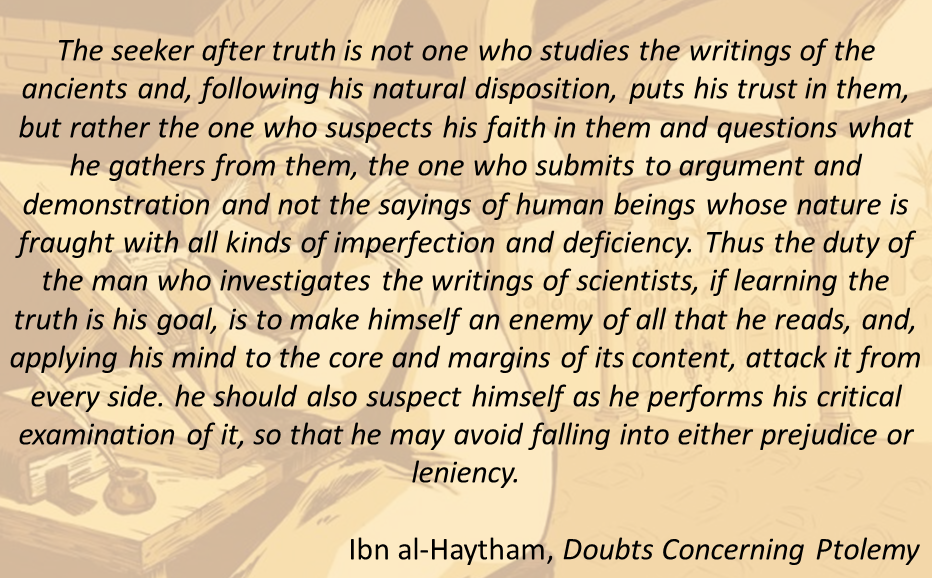While reading the second part of Letting Go?, I found it impossible to see the major conflict being brought up between art and history. The themes of historians critiquing art as either historically “correct” or not began to seem like a lost cause to me. It parallels the great search for Truth, which I find to be a ridiculous venture. Rather than looking at the art as accurate or not, why not just take it for what it is worth and simply exhibit it as such. There seems to be no way that an artist is truly either wrong or right but rather giving an interpretation of what they see and how they choose to portray it. Although I can clearly see how, if improperly represented in its description, art can lead to a false sense of understanding about history, I feel that as long as it is made clear what kind of a resource it is and is not used to create a narrative that is historically inaccurate then it too can be a resource for opening the minds of the people that look at it.
I also find the consistent worry about maintaining authority over the general historical narrative and who gets included and who gets excluded by some museums to be equally ludicrous. No one group should have complete control over a story that covers so many different points of view. Many of these points of view have not even been in the eyes of historians until the last fifty or so years. What now makes us think that we as historians have all the points of view now after so many years of excluding so many in the traditional narrative? The best comparison I can make is when Fred Wilson discusses the overturning of institutional narratives. He states that, “I think there will always be another layer that can be looked at because they are institutions, just like the government.”[1]I could not agree more if I tried. Much like any other institution, educated people especially will consistently challenge the status quo because as according to Dr. Horrible in Dr. Horrible’s Sing-Along Blog, “The status is not quo.”[2]
[1]Benjamin Filene, Bill Adair, and Laura Koloski. Letting Go? sharing historical authority in a user-generated world, (Philadelphia, PA: Pew Center for Arts & Heritage, 2011), ProQuest Ebook, 241.
[2] Joss Whedon, Dr. Horrible’s Sing-Along Blog, Los Angeles, CA:Mutant Enemy Productions. 2008. Dvd.

I agree that it is often difficult to recognize whether art is historically ‘correct’. It is, however, a powerful indication as to what people at the time the piece was created valued or feared. It is a tricky resource, but ultimately valuable. I like your comparison to seeking “Correctness” as another aspect of “Truth.” The reality is likely that neither truly exists, and that whatever aspect of these ideals can be found are incomplete, but I don’t think that historians should stop looking for something like it.
I agree with your response to the art and history conflict in this reading. I ended up skipping large chunks of that section because it really seemed like a non-issue to me. Art historians and artists in general are extremely relevant to museums and historians. Their interpretations on art are just as valuable as historians interpretations on writings or diary entries. We’re all just making educated guesses, right?
An artist creates a piece of art to express some Truth that is relevant to them and it is displayed to elicit a response from me, be it physical, emotional, spiritual, etc. If that piece of art is part of a history exhibition than I am not going to evaluate the piece the same way I would at an art gallery. If I am expected to just accept it as art, than I want it in an art, not a history setting.